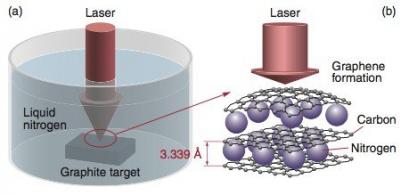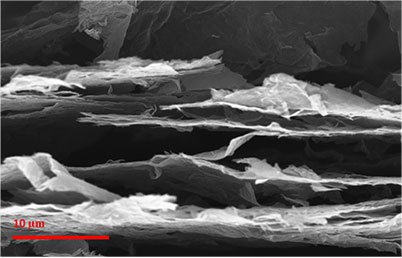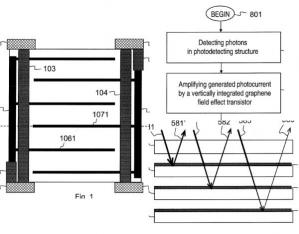Laser can be used to produce graphene
Researchers from Iran have devised a process to produce graphene by using laser ablation in cold liquid media. They say this process enable a simple and effective control of the resulting graphene sheet.

The researchers say that this process is suited for mass production. They are using a pulsed nanosecond Nd:YAG laser (Nd:Y3Al5O12) in liquid nitrogen. The nitrogen has fast flow circulation.






